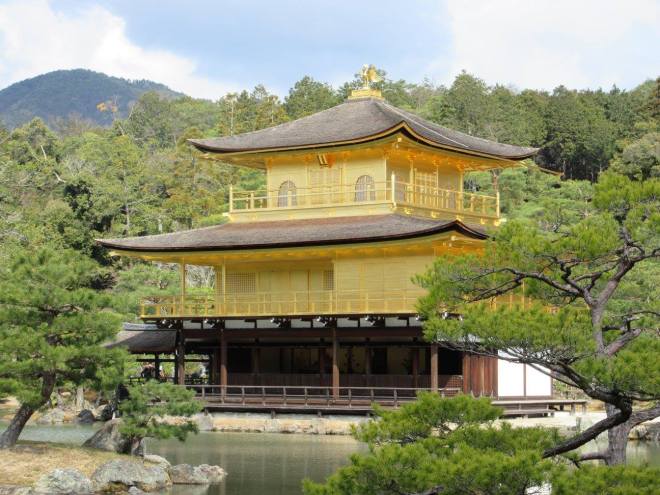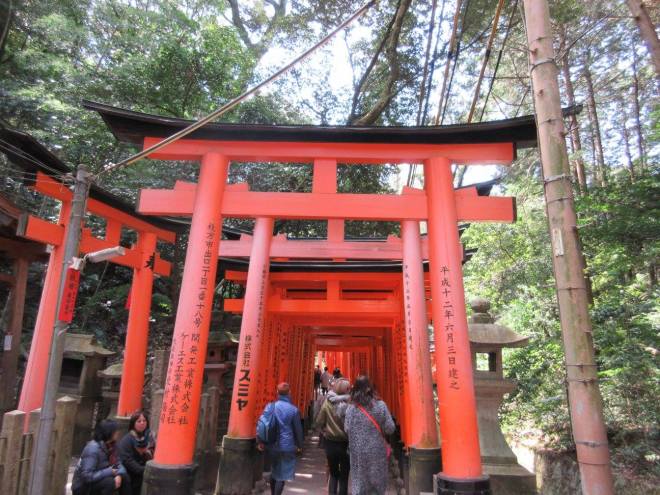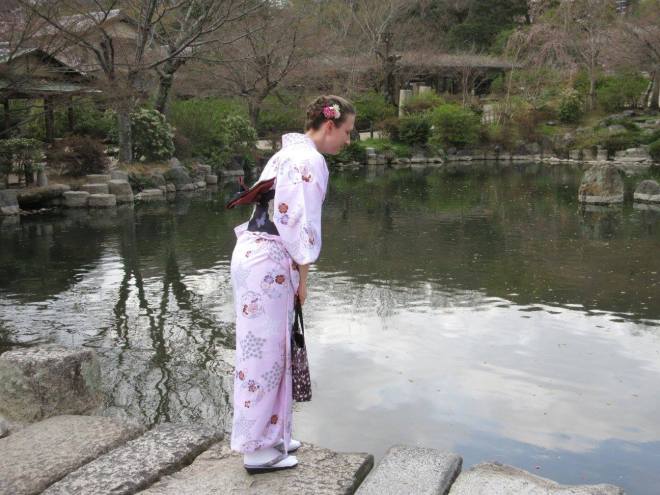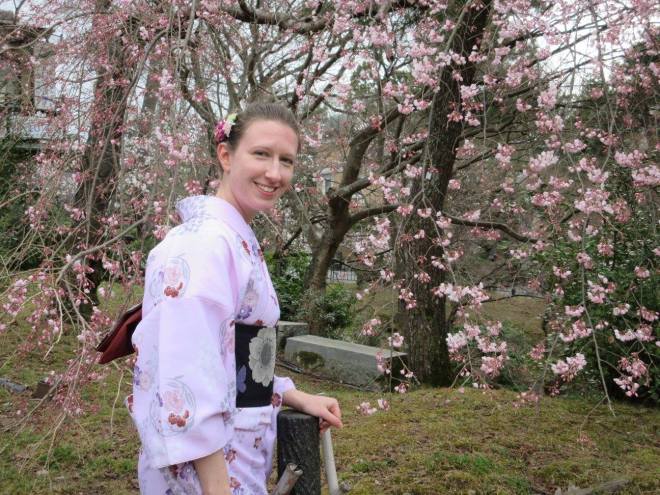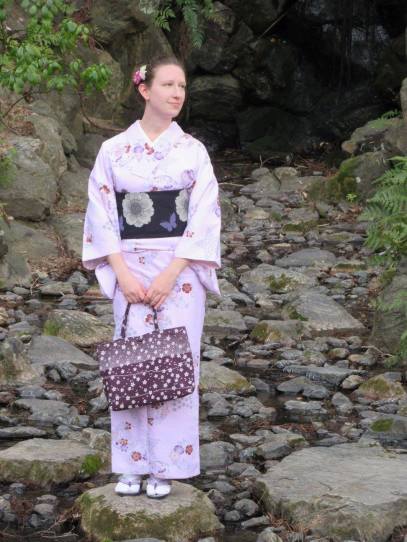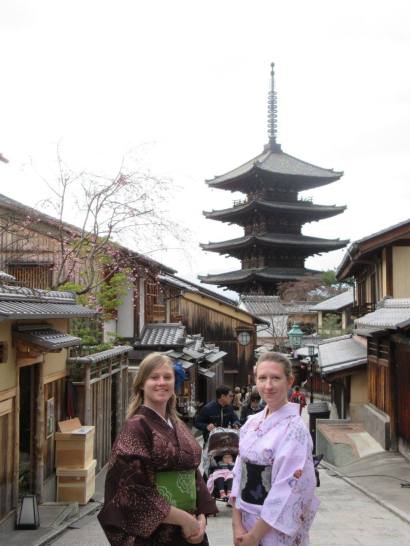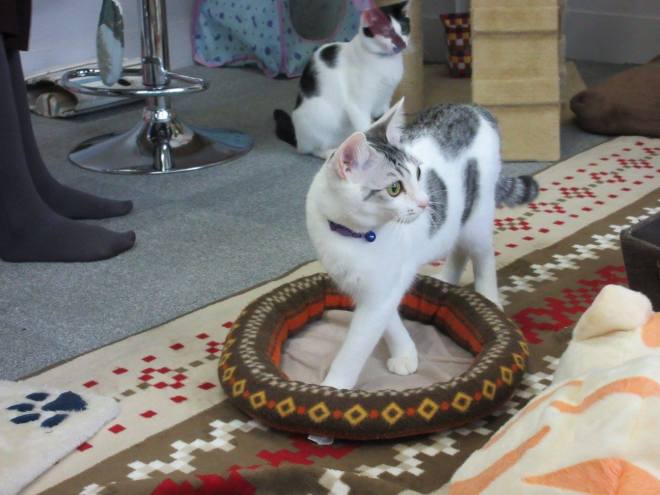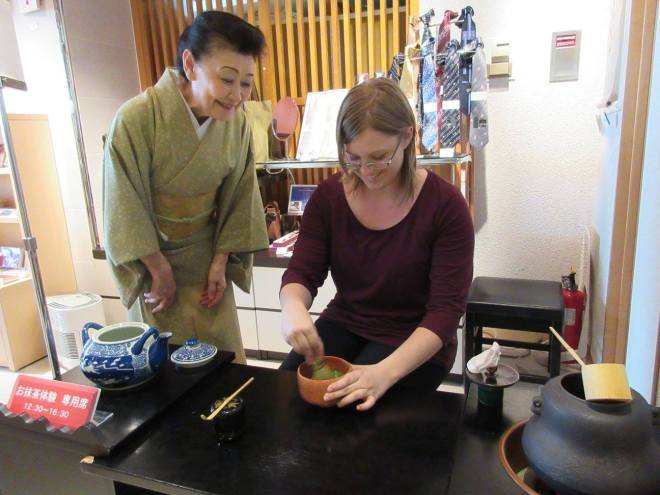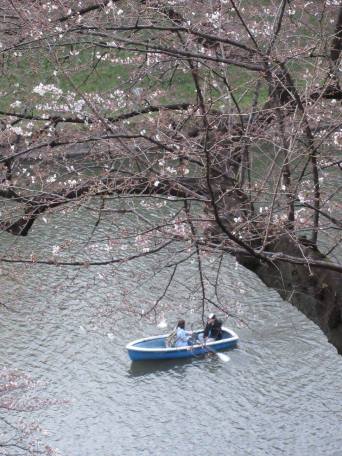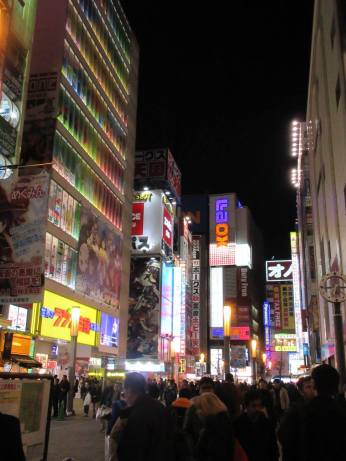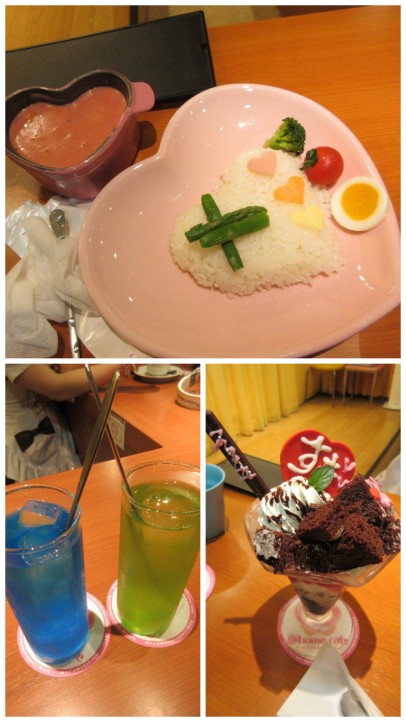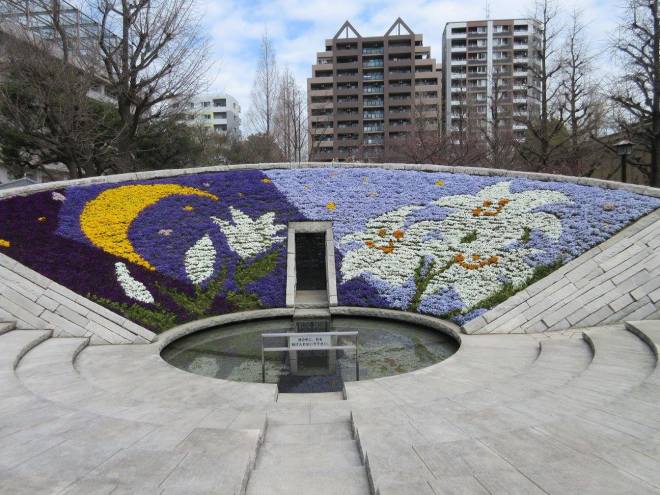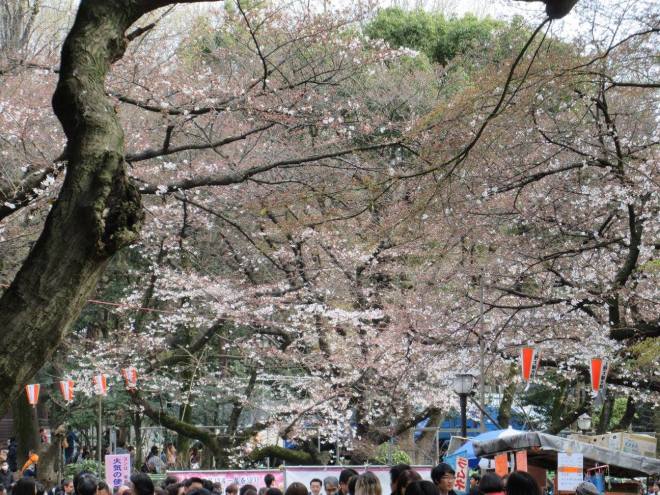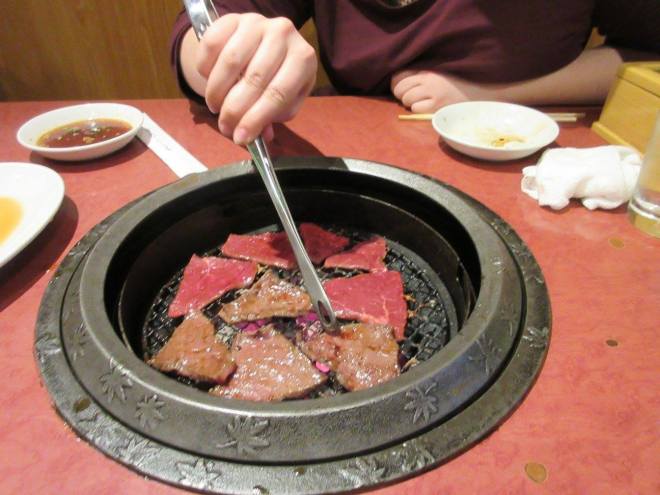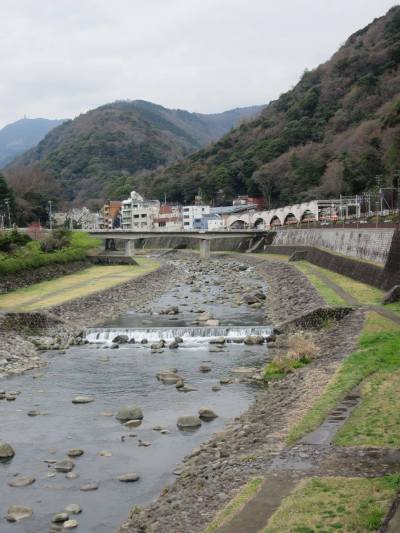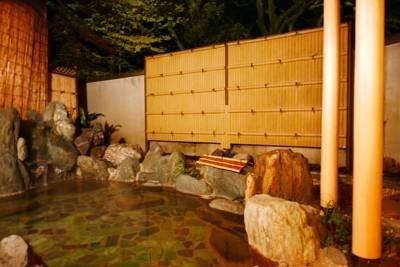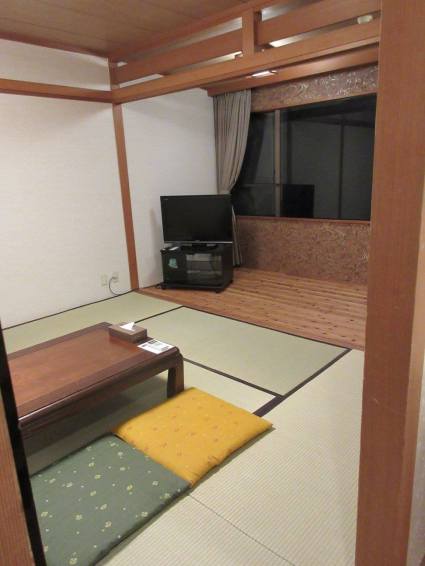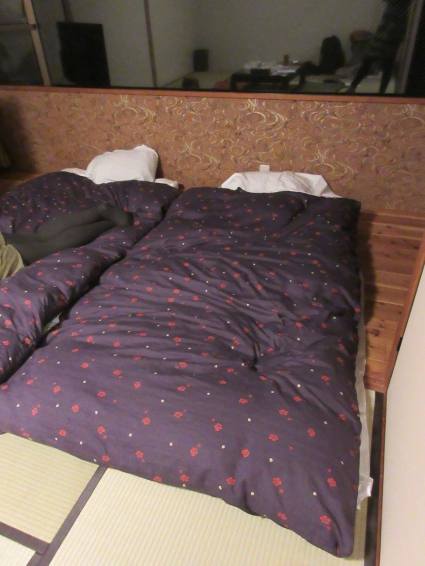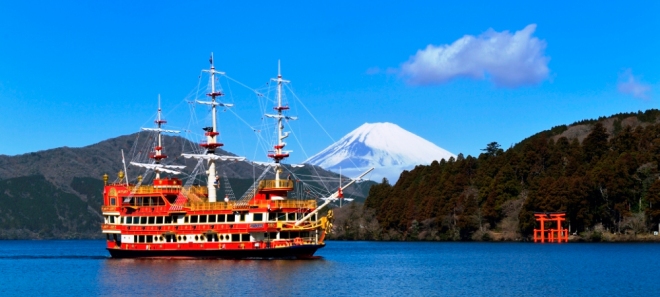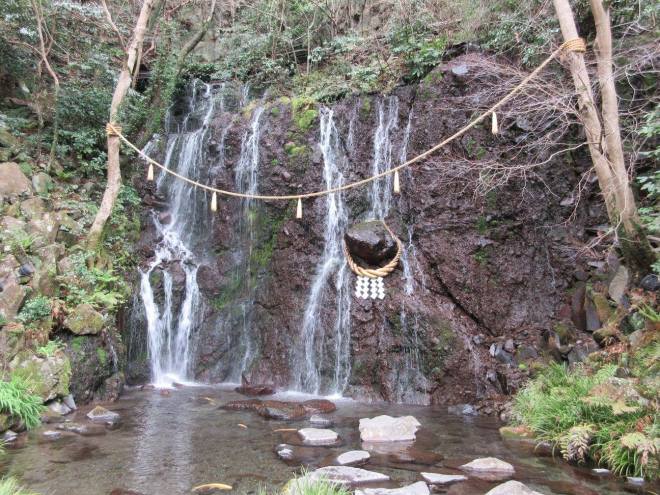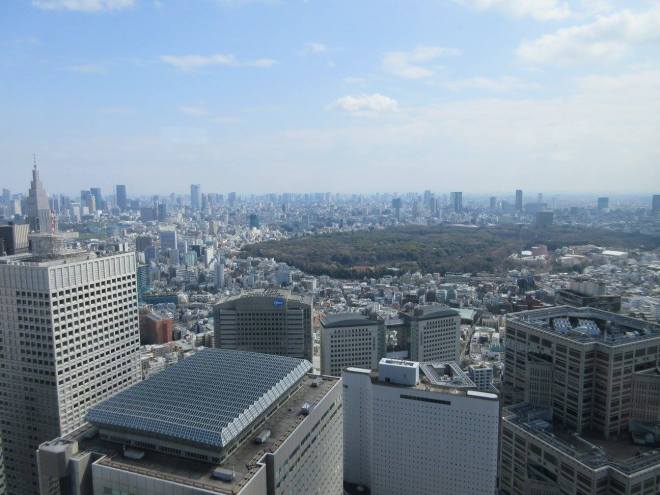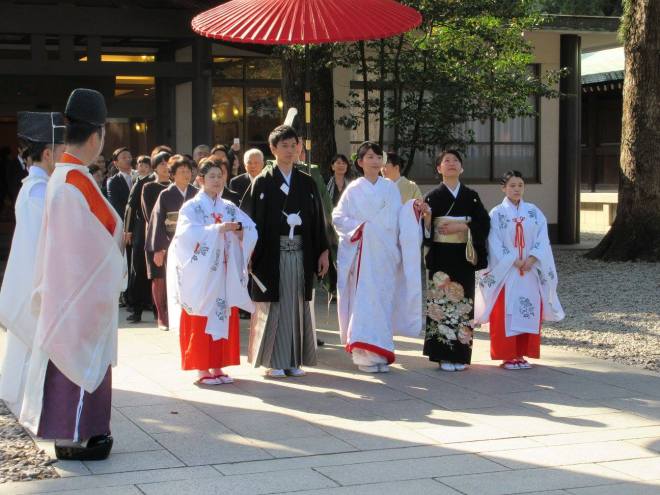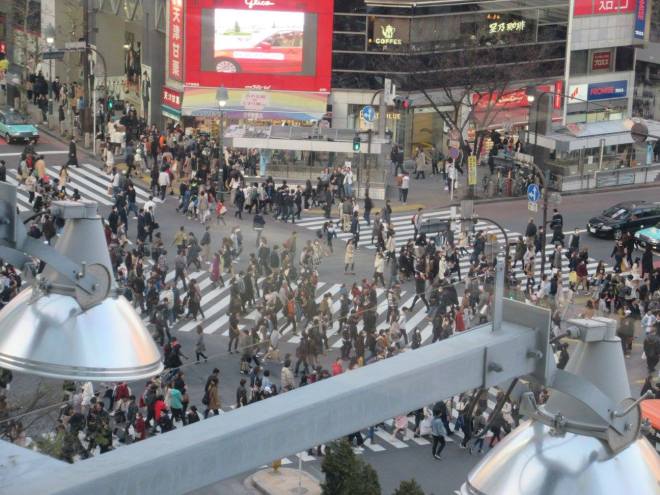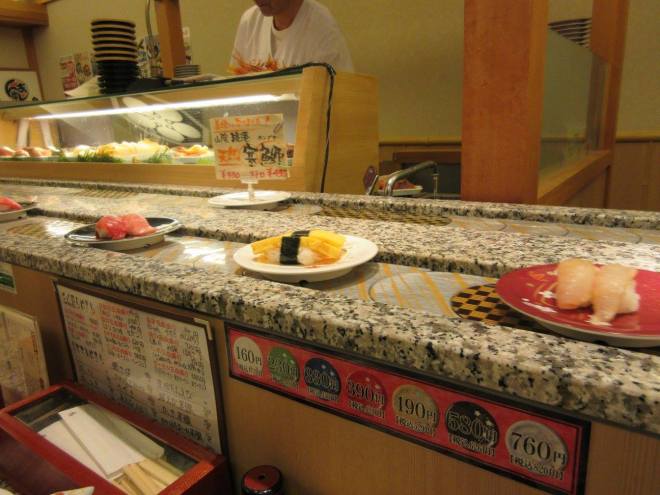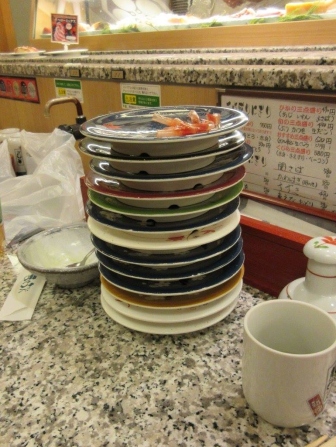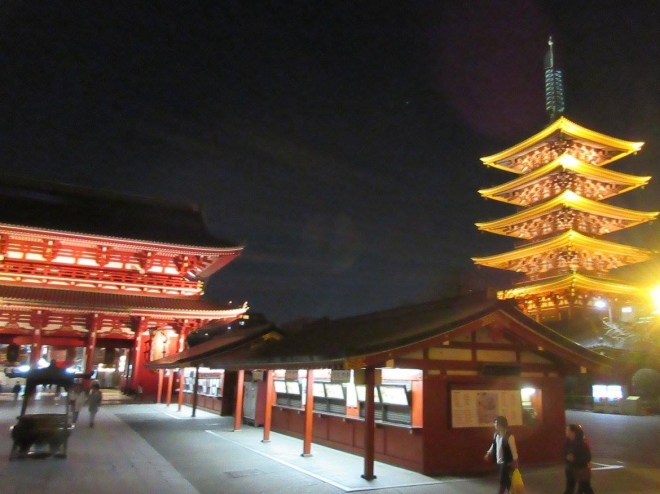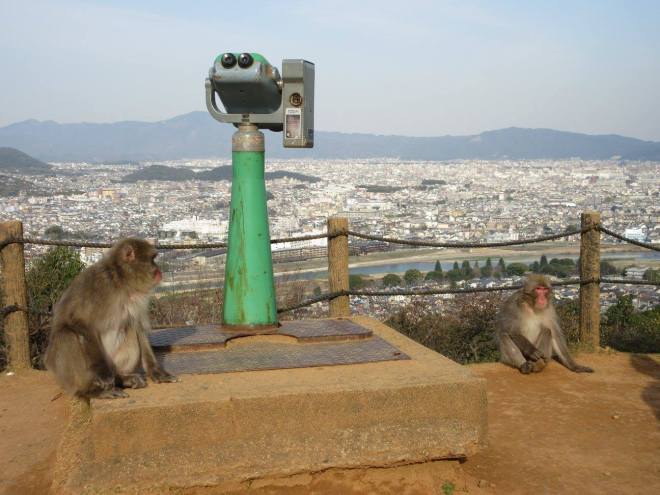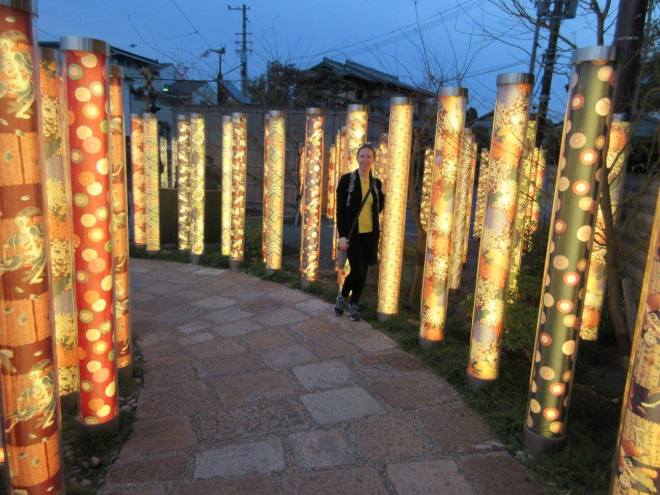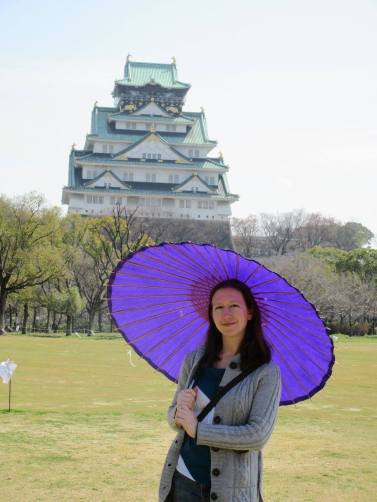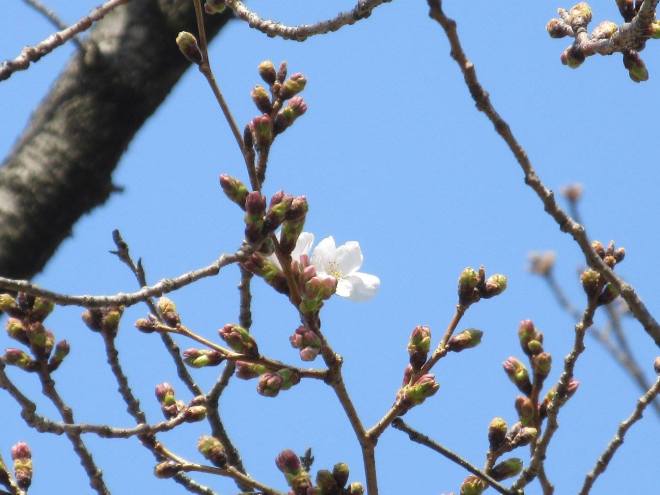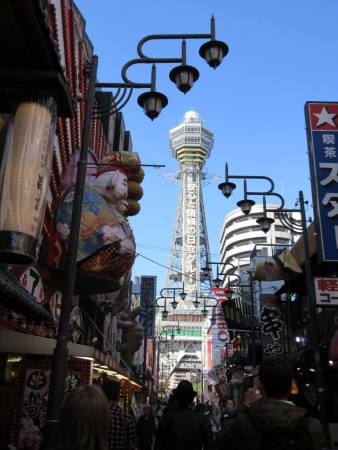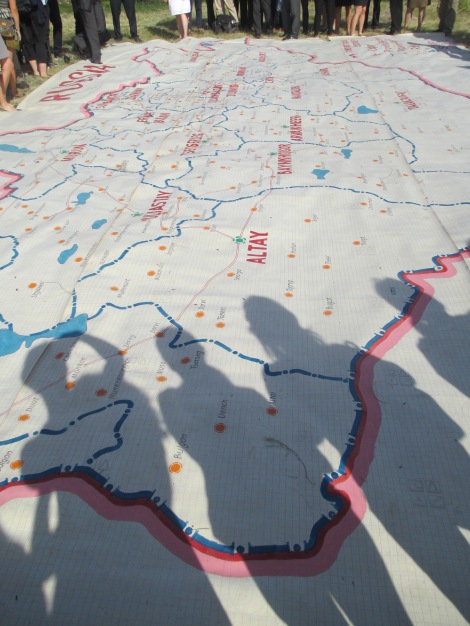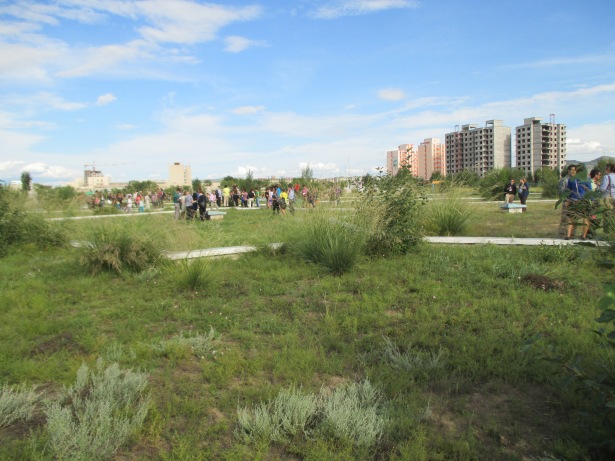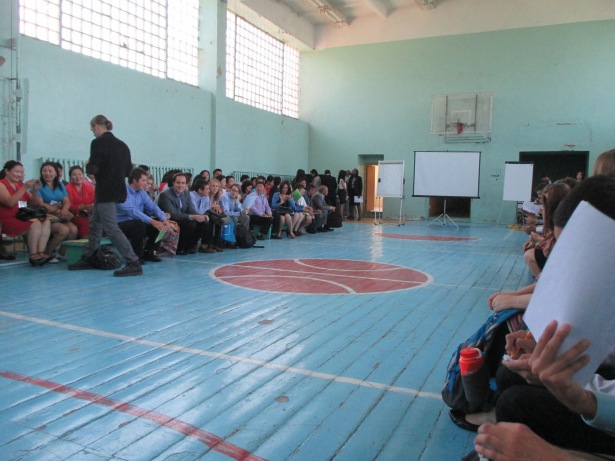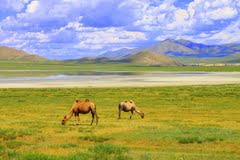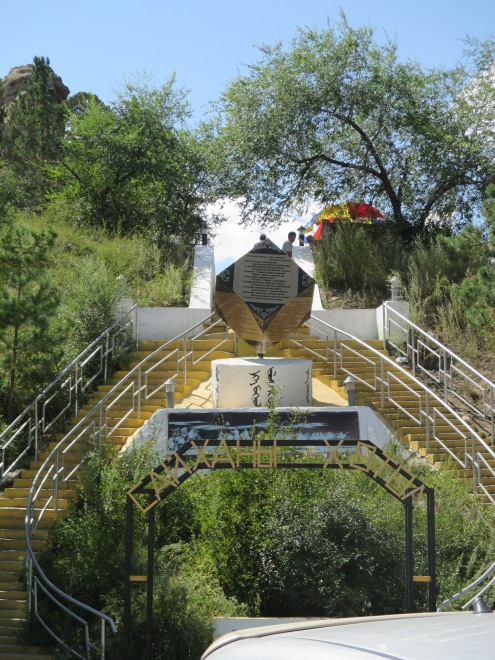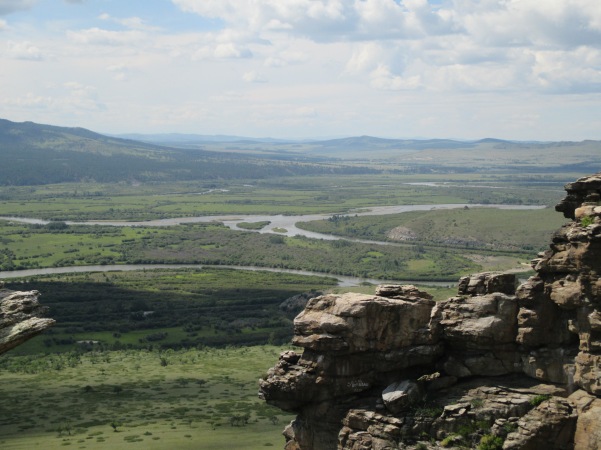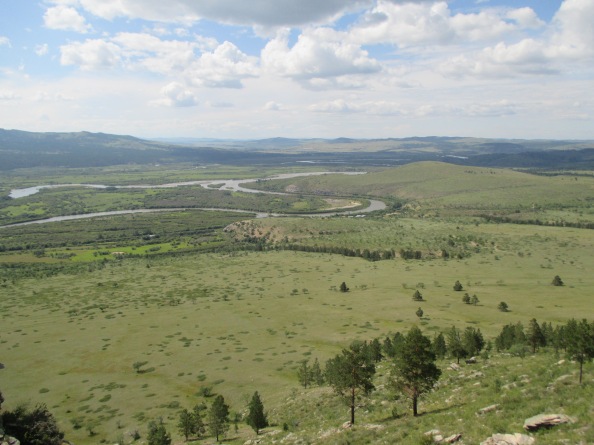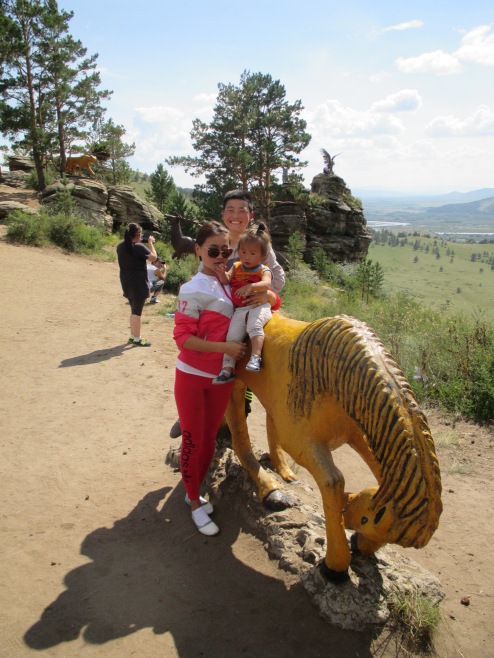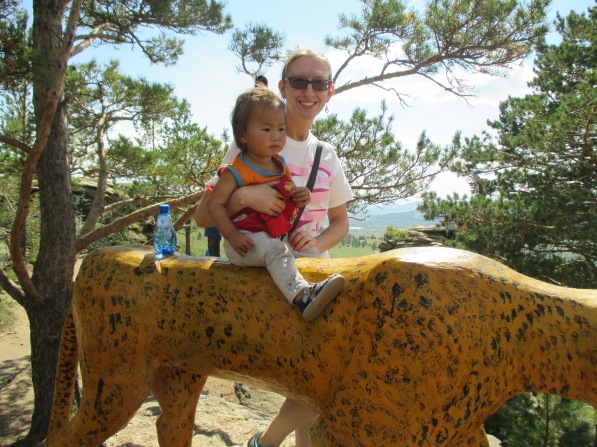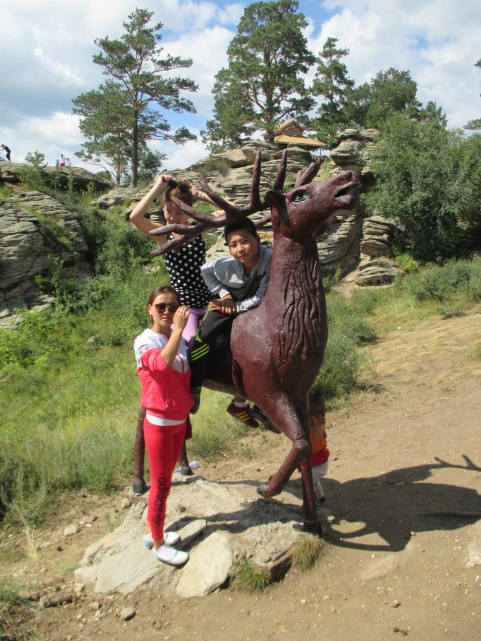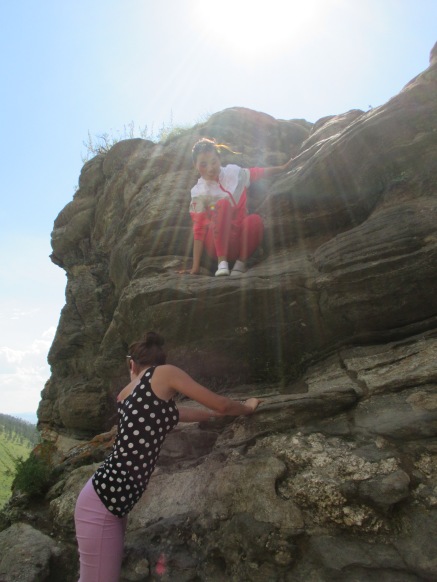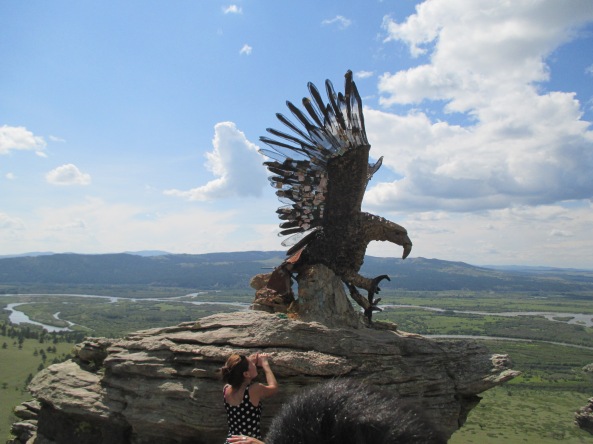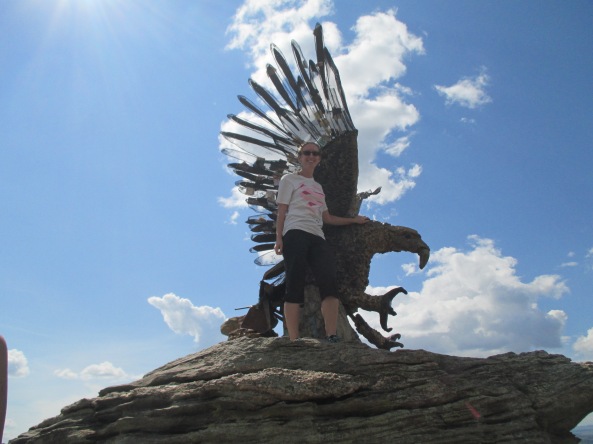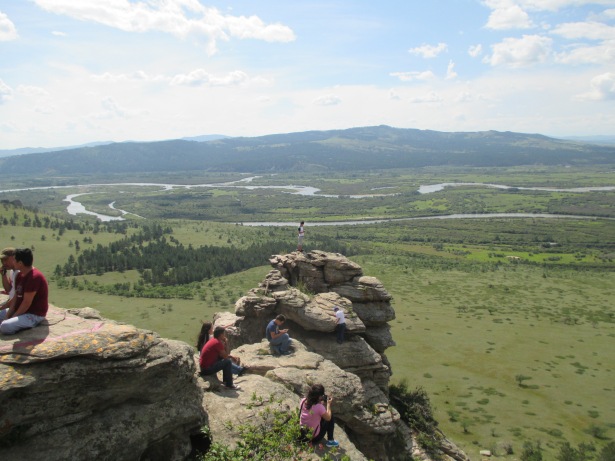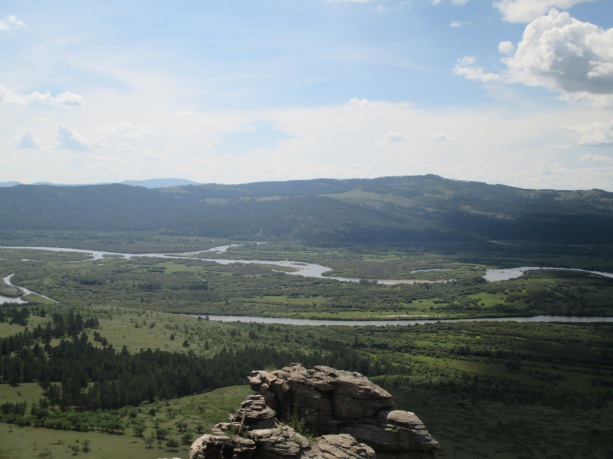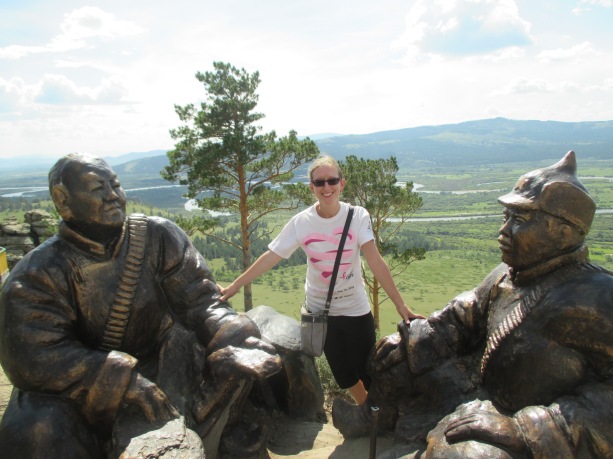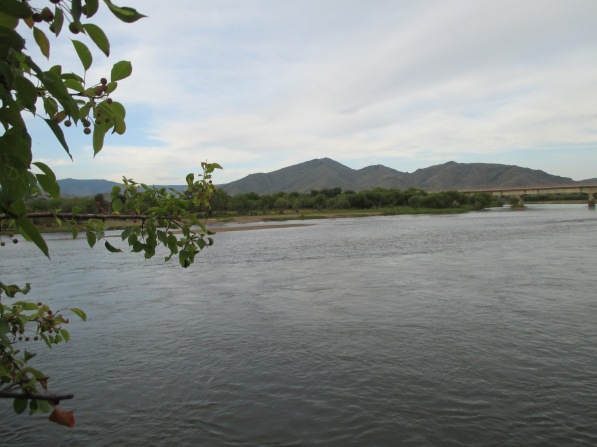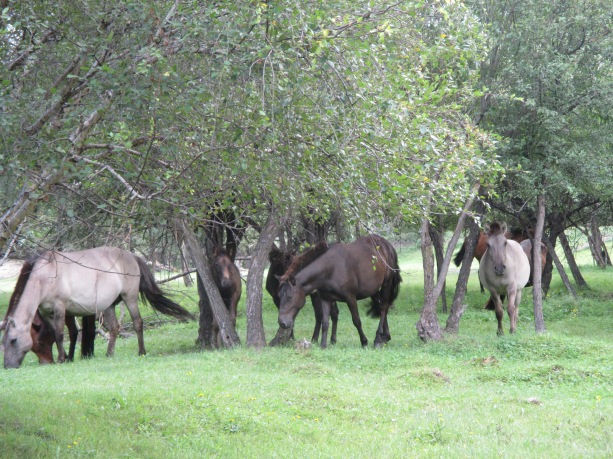Onto the second half of our trip to Japan!
Day 6
We spent this day exploring more of Kyoto, starting with Kinkaku-ji, aka the “Golden Pavilion.”
Then it was off to Fushimi Inari Shrine, which is famous for its thousands of bright orange torii gates which form tunnels along the trails up the mountain.
You could easily spend hours exploring the entire shrine and all the hiking trails, but we had an appointment set up to get rental kimono! Kyoto is one of the places in Japan where it is still extremely common to see people dressed in traditional kimono (mostly groups of young women and couples where it’s clear the woman pestered her boyfriend into dressing up with her), and as such it has hundreds of rental shops where people (both Japanese and foreigners) can change into kimono and have their hair done and go out to explore the town, all for a pretty reasonable price (the place we went to ending up being 3000 yen, or a little less than $30, because we made appointments ahead of time). Basically you go in, pick out a kimono, obi (belt), and bag, grab a pair of tabi (socks) and sandals, have the workers dress you up, and then get your hair done. You leave your original clothes and anything else you don’t want to drag around with you at the shop, go off to explore, and then come back to the shop at the end of the day.
After getting dolled up, we visited Yasaka Shrine and Maruyama Park and basically did photo shoots for each other. It did feel a little weird at first, since most of the other foreigners who dress up in kimono (at least according to the lady at the rental shop we went to) are Koreans, who don’t stick out quite as much as a couple of blonde white girls. (Luckily being two of only a handful of foreigners in an entire province of Mongolia for two years had already given us more than enough experience with being stared at.) But it ended up being a fun experience and we got some great photos!
We also walked through the Higashiyama District and saw Yasaka Pagoda.
There were a few other places we had planned to visit, including Kiyomizu-dera Temple, Kodai-ji Temple, Chion-in Temple, and Ginkaku-ji (the “Silver Pavilion”), but most temples tend to close by 4 or 5pm so we ran out of time. Needless to say, Kyoto has more than enough things to see and really is a beautiful place!
That evening we went to a public bathhouse called Funaoka Onsen, which is one of the oldest still-functioning sento in Kyoto and is quite famous, with a variety of indoor and outdoor baths and a sauna. So relaxing!
Day 7
We left Kyoto in the morning and took the bullet train again, stopping for a day in Nagoya on the way back to Tokyo. First we spent a couple hours at the Nagoya City Science Museum. Then it was off to Atsuta Shrine, which has a restaurant on its grounds where we ate kishimen noodles, a Nagoya specialty.
In the evening, we went to a cat cafe. Animal cafes (specializing in cats, rabbits, birds, etc.) are really common in Japan. They let people spend time with animals that they might not be able to own, and enjoy a drink and snack as well.
Our hostel in Nagoya was extremely nice, with a luxurious bathroom and cute little “pods” for each guest.
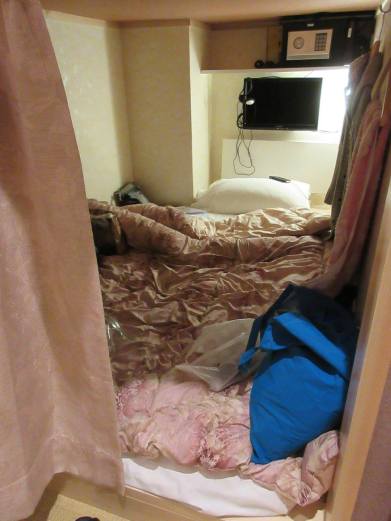
Ok, so it looked like a mess after I laid out the bedding and threw all my crap in there, but it was comfy as hell!
Day 8
Before leaving the city, we stopped by Nagoya Castle (my sitemate really wanted to see castles). Then it was back on the bullet train to Tokyo.
Near Tokyo Station is a shop called Kyoto-kan, which (as you might have guessed) specializes in all things Kyoto. I was interested in seeing a tea ceremony while we were in Japan, but in general they’re not exactly cheap to attend, so my research led me to Kyoto-kan, which has a teishu (ceremony host) who offers 20-minute tea ceremonies for only 500 yen (a little less than $5). Because there was just the two of us, the teishu even let us try whisking the matcha (powdered green tea) ourselves.
We had originally intended to visit the Tokyo Imperial Palace on this day, but as I found out the week before our trip, you can only visit by applying for a guided tour, which they apparently don’t do on the weekends (and all the tours on the other days we were in Tokyo were already booked). So instead we just wandered along the moat that surrounds the palace and the large garden to the north of it.
Then we walked through Kitanomaru Park, famous for its Chidorigafuchi Moat lined with cherry trees.
We spent the evening in the Akihabara district, aka “Electric Town,” known for its many electronics stores and anime/manga shops. Needless to say, it was very bright and colorful!
In Akihabara we had dinner at a “maid cafe,” possibly the most Japanese thing I’ve ever heard of; the servers dress and act like maids and all the food is super cutesy.
It was an interesting experience, and the food was really good!
Day 9
This was our last full day in Japan. In the morning, while walking to our first destination, we stopped by Senso-ji Temple again (this time in the daylight), as well as the Nakamise shopping street in front of the temple, got some photos of the Tokyo Skytree, walked along the Sumida River, and stumbled upon Yokoamicho Park, which houses several memorials and museums dedicated to the victims of the Great Kanto Earthquake of 1923, the Tokyo air raids of WWII, and other disasters.
Then we arrived at the Edo-Tokyo Museum, which has many interactive exhibits, English on most of the displays, and various performances if you happen to be there at the right time. I highly recommend it!
Later in the day we went to Ueno Park. As it was the beginning of the cherry blossom season (and the weekend), the park was packed with tons of people holding hanami (cherry blossom viewing) parties.
While at the park we visited Toshogu Shrine, Hanazonoinari Shrine, and Shinobazu Pond.
For our last dinner in Japan, we went to a nice Japanese BBQ restaurant (one where you cook your own meat and vegetables on the grill built into your table) and tried some sake. All very yummy!
Day 10
We left Japan early in the afternoon, had another long layover at the Incheon International Airport in Seoul, and arrived back in Mongolia late that evening. Like before the trip, we spent a couple days in UB to relax before taking the long bus ride back to site and back to the daily grind.
It was an amazing trip and I really do hope to get a chance to go to Japan again some day! There are just so many things to see that one relatively short trip doesn’t cut it, but it was a very much needed trip. I hadn’t left Mongolia in almost 2 years, so it was nice to get out for a bit and experience a (very) different culture, eat amazing food, and have regular access to running water!
Now there’s less than 4 months left of my Peace Corps service, and my next post will be about my cohort’s COS (Close of Service) Conference coming up soon!

